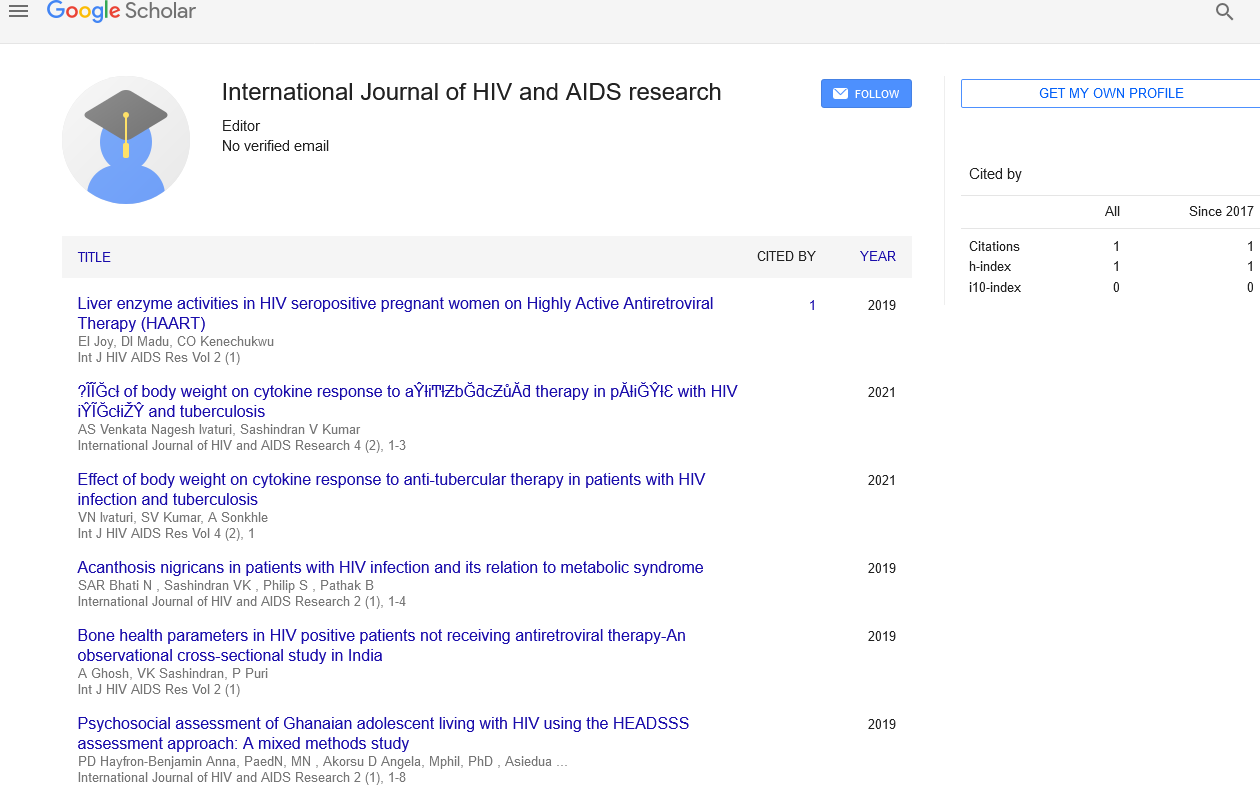Acrylamide (AA) is a food contaminant that can be discovered in a wide range of widely consumed foods
Received: 02-Mar-2022, Manuscript No. PULAFSJ-22- 4530; Editor assigned: 15-Mar-2022, Pre QC No. PULAFSJ-22- 4530 (PQ); Reviewed: 31-Mar-2022 QC No. PULAFSJ-22- 4530(Q); Revised: 02-Apr-2022, Manuscript No. PULAFSJ-22- 4530 (R); Published: 12-Apr-2022, DOI: 10.37532/pulafsj.22.6(2).013-14
This open-access article is distributed under the terms of the Creative Commons Attribution Non-Commercial License (CC BY-NC) (http://creativecommons.org/licenses/by-nc/4.0/), which permits reuse, distribution and reproduction of the article, provided that the original work is properly cited and the reuse is restricted to noncommercial purposes. For commercial reuse, contact reprints@pulsus.com
Abstract
Acrylamide (AA) is a white crystalline substance that is water soluble and widely utilised in industry. It was classified as an industrial chemical with carcinogenic potential. AA has been utilised to make polyacrylamide polymer, which is widely employed as a coagulant in water treatment, an additive in papermaking, and a grouting material for dams, tunnels, and other underground architectural constructions. AA in food could be formed during high-temperature cooking through a variety of mechanisms, including formation via acrylic acid, which can be derived from the degradation of lipids, carbohydrates, or free amino acids; formation via the dehydration/decarboxylation of organic acids (malic acid, lactic acid, and citric acid); and direct formation from amino acids. The key question is whether or not this chemical is hazardous to humans. In this review, we will look at how AA is formed in food products, how it is consumed, and how it may be linked to the development of cancer. The body's enzymatic influence on AA is discussed, as well as the mechanism of action of AA on hormone, calcium signalling pathways, and cytoskeletal filaments. We also discuss the negative consequences of AA on the brain system, reproductive system, immunological system, and liver. There is also discussion of current and future mitigating techniques. The current review on AA may be useful to researchers, the food industry, and medical workers.
Perspective
Acrylamide (AA) is a dietary contaminant found in a wide variety of commonly consumed foods, making human exposu- -ure to this toxicant unavoidable. Efforts to limit the development of AA in food, on the other hand, have had some success. The purpose of this review is to summarise the incidence of AA as well as potential mitigation measures for its development in meals. The Maillard reaction, which is the first practical mechanism that may be regulated to limit AA generation, is primarily responsible for the formation of AA in foods. Furthermore, adjusting processing variables such as heating duration and temperature, as well as integrating preheating procedures such as soaking and blanching, can help to prevent AA production. Because of the widespread exposure to AA, it is critical to recognise its adverse effects, particularly in poorer countries where understanding of AA health hazards remains limited. As a result, the focus of this review is on the numerous hazardous effects of AA exposure, such as neurotoxicity, genotoxicity, carcinogenicity, reproductive toxicity, hepatotoxicity, and immunotoxicity. Heat has been used to cook food for thousands of years. Thermal processing is critical for microbiological safety, nutritional quality, and desired sensory qualities such as colour, texture, and flavour; yet, unwanted compounds have emerged as a result of food processing processes. Food heating causes chemical reactions that result in the creation of heat-induced hazardous chemicals, often known as thermal process pollutants.
Acrylamide is one such chemical that has sparked a lot of scientific attention in recent years (AA). Prior to its discovery in food, AA was known as an industrial chemical compound that was largely utilised as a building block in numerous industrial processes, such as the creation of plastics, glues, paper, cigarette smoke, and the treatment of drinking water and wastewater, including sewage. Acrylamide has also been discovered in consumer products such as caulk, food packaging, and various adhesives.
Although AA has most likely been around for as long as people have been baking, roasting, toasting, or frying meals, the Swedish National Food Administration (SNFA) just revealed in April 2002 that extended heat treatments of particular foods could produce large amounts of AA. This discovery by Swedish researchers led to the detection of AA in a wide range of foods, notably starchy foods like potatoes and grain products when cooked at high temperatures. Acrylamide is not found in raw foods; nevertheless, it is generated during the heating process when the temperature reaches 120°C or higher. Although there are no maximum restrictions for AA in food, the World Health Organization (WHO) recommends 0.5 g/L for AA in drinking water. Researchers from the SNFA and Stockholm University found moderate (5-50 g/kg) and high (150-4,000 g/kg) quantities of AA in heated protein and carbohydrate-rich diets, respectively. Foods that have been boiled or are not thermally processed are deficient in AA. This reaction is principally responsible for baked, fried, and toasted meals' brown colour, crust, and distinctive pleasant flavour.
According to research, the limiting components in potatoes are lowering sugars, while asparagine is the limiting factor in cereal products. According to recent research, another molecule known as 3-aminopropionamide can be produced during the Maillard reaction and transformed to AA under aqueous circumstances. This substance has been found in cocoa beans, coffee, and cereal items. Because the Maillard reaction is predominantly a surface reaction, AA in bread is concentrated primarily in the crust, with relatively little in the crumb. The presence of AA in heat-processed foods is a worldwide health concern, as this material has been recognised as a potential human carcinogen by the International Agency for Research on Cancer (IARC). Acrylamide is primarily generated in food products made from raw materials that are high in carbs and low in proteins. Despite the fact that the AA concentration in coffee is very modest, it is a substantial contributor to AA exposure in adults due to the large amount of coffee ingested.





